Introduction
As of the end of September 2022, POWERCHINA has implemented a total of 28 investment projects in 13 overseas countries, with a total investment of approximately US$32.721 billion. 18 projects have been put into operation and 10 are under construction, including 3 equity acquisition projects, 5 hydropower projects, 9 thermal power projects, 4 wind power projects, 1 photovoltaic power project, 2 railway projects, 1 highway project, 1 building materials project, and 2 mineral resources projects. POWERCHINA's overseas investment projects are mainly distributed in countries participating in the Belt and Road Initiative in Asia, such as Laos, Pakistan, Cambodia, Indonesia, Nepal, and Bangladesh.
Project Briefing
1. Hydropower projects:
(1) Nam Ou River Basin Cascade Hydropower Project in Lao PDR
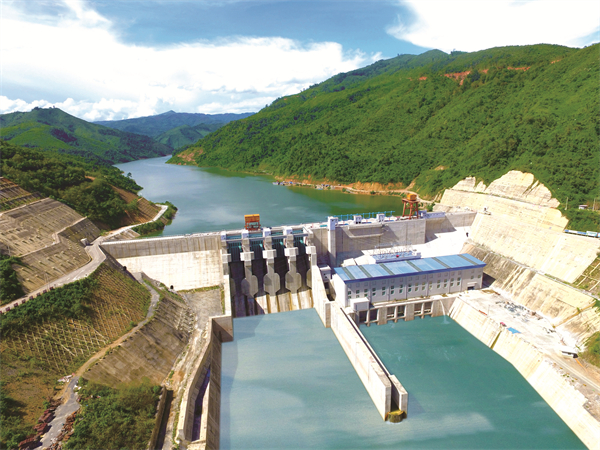

After gaining the development right to the entire Nam Ou River Basin, PowerChina Resources Ltd (PCR) started to develop 7 cascade hydropower stations with a total installed capacity of 1,272 MW. The annual average generating capacity is about 5,064 GWh and the total investment is about USD 2.4 billion. The hydropower stations on the whole river basin were developed in two phases and entered into commercial operation on October 1, 2021.
(2) Upper Marsyangdi A Hydropower Station in Nepal
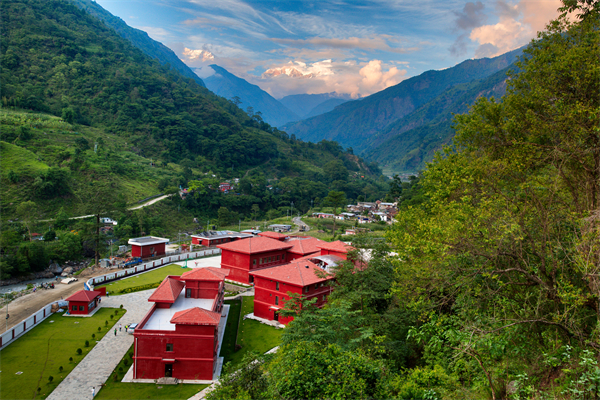

Upper Marsyangdi A Hydropower Station, with a total installed capacity of 50 MW and an annual generating capacity of 317 GWh, is developed by PCR on BOOT mode as a majority shareholder (90% shares). The construction began on August 1, 2013 and the first unit started to generate electricity on September 24, 2016 and the Commercial Operation Date (COD) was on January 1, 2017.
2. Wind power projects:
(1) Hydrochina Dawood Wind Power Project in Pakistan
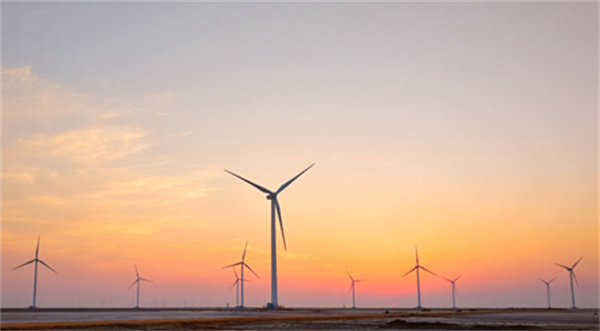
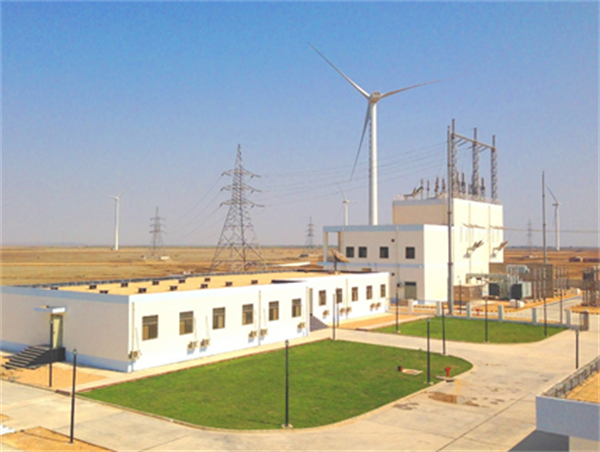
Hydrochina Dawood Wind Power Project is one of the first 14 key energy development projects under the China-Pakistan Economic Corridor (CPEC). The project is located in Karachi, Pakistan. The total installed capacity is 49,500 kW, and the designed annual power generation is 130 million kWh. The clean electricity produced by the project can power 100,000 households per year in Pakistan and reduce carbon emissions by 122,000 tons per year.
(2) Shelek Wind Farm Project in Kazakhstan
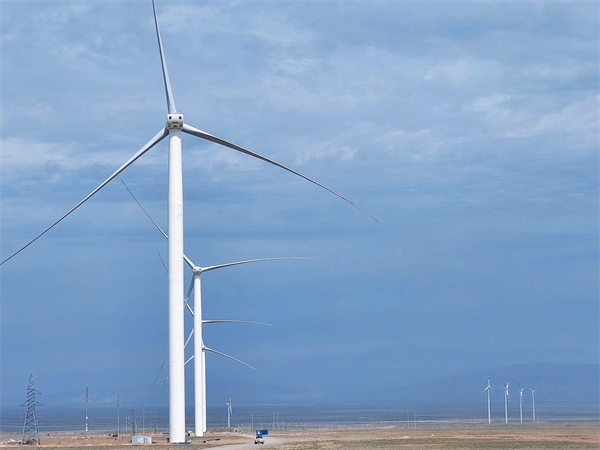
Shelek Wind Farm Project is located in Almaty, Kazakhstan. The project has a total installed capacity of 60 MW, an annual average generation capacity of around 228 GWh and a total investment of about 102.66 million USD. The construction started on June 27, 2019. It is the first renewable energy project in Central Asia invested by the member enterprises of POWERCHINA as holding shareholders.
(3) Wild Cattle Hill Wind Farm Project in Australia
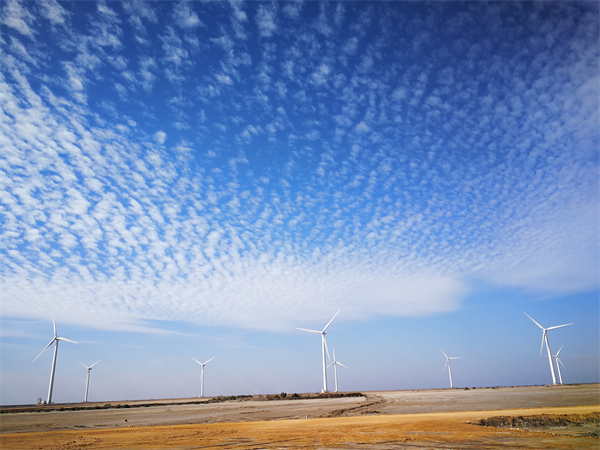
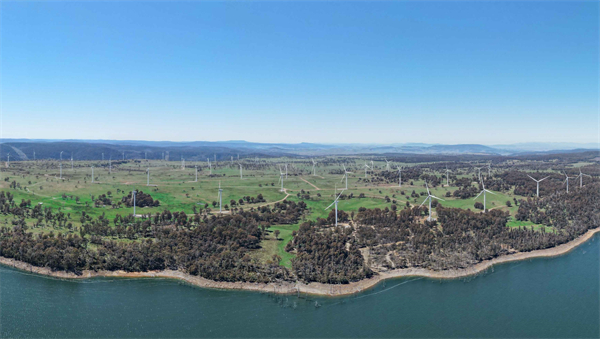
Cattle Hill Wind Farm is the first pilot renewable energy investment project of POWERCHINA in Australia. It has been jointly developed by PowerChina Resources Ltd. (holding 80% shares) and Xinjiang Gold Wind Sci & Tech Co., Ltd. (holding 20% shares), with a total investment of approximately AUD 330 million. The project is located in the Central Highlands of Tasmania, Australia, and consists of 48 wind turbines with a total nameplate capacity of 148.4 MW. The project has entered into commercial operation since early 2020.
(4) Ivovik Wind Farm Project in Bosnia and Herzegovina
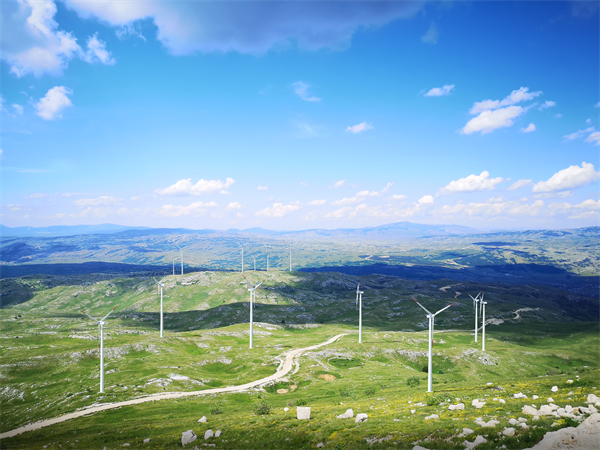
Ivovik Wind Farm Project is located in Canton 10 of the Federation of Bosnia and Herzegovina. It is designed to install 20 wind turbines, with a total capacity of 84 MW. The total investment of the project is about EUR 133 million, with a concession period of 30 years. The construction started in December 2021. It is the first energy project invested by a Chinese company in Bosnia and Herzegovina, which is included in the List of Outcomes of Cooperation between China and the Central and Eastern (China-CEEC) Leaders Summit in 2021. It is also defined as a national significant project by the government of Bosnia and Herzegovina.